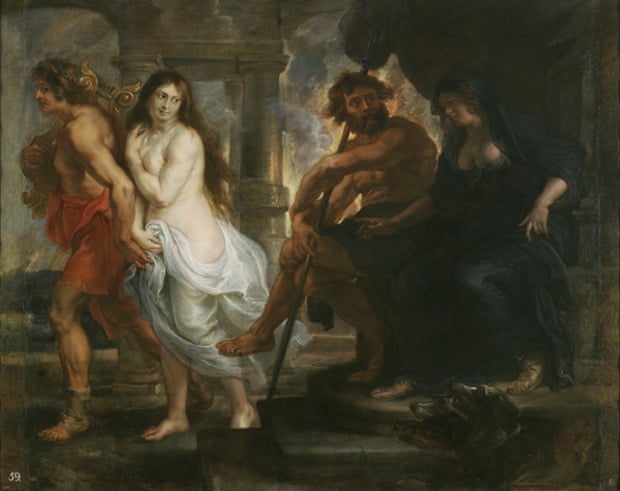A life in 20 minutes
 |
| Photo from 1942, Shostakovich died 40 years ago |
Listen to Shostakovich
8th quartet and you have heard half his other work as well. This work written
in 1960, seems to reflect the composer full emotional journey. Stories tell
that Shostakovich was suicidal at this point in time, struggling with his
health and with his decision to finally join the Communistic Party. His son
recalled that his decision brought Shostakovich in tears[50] and
he later told his wife Irina that he had been blackmailed.[51].
Shostakovich's musical
response to these personal crises was the Eighth String Quartet, composed
in only three days. He subtitled the piece, "To the victims of fascism and
war",[54] ostensibly
in memory of the Dresden fire-bombing that took place in 1945.
Like the Tenth
Symphony, this quartet incorporates quotations from his musical
monogram DSCH and work from the past: his symphonies 1 & 5, the Cello
Concerto and the opera Lady Macbeth of Mtsenk). It shows the freedom of mind Shostakovich still had. The opera was the vehicle for
the general denunciation of Shostakovich's music by the Communist
Party in early 1936. Shostakovich also brings in a Jewish melody in
the second movement, which he had also used in the 2nd Piano Trio in 1944. He
was intrigued by Jewish music’s "ability to build a jolly melody on
sad intonations".[76],
, but as you can picture, Jewish music was not so popular in the Stalin
days.
Some modern composers
have been critical on the work of Shostakovich. Pierre Boulez dismissed
Shostakovich's music as "the second, or even third pressing of Mahler".[86] The
Romanian composer and Webern disciple Philip Gershkovich called Shostakovich
"a hack in a trance".[87] A
related complaint is that Shostakovich's style is vulgar and strident: Stravinsky wrote
of Lady Macbeth: "brutally hammering ... and monotonous".[88] English
composer and musicologist Robin Holloway described his music as
"battleship-grey in melody and harmony, factory-functional in structure;
in content all rhetoric and coercion."[89]
Well listen for
yourself in this 8th Quartet, especially the recreation by Shostakovich pupil
Rudolf Barshai. Shostakovich declared that the arrangement was an improvement
of the original. I guess a comment like that for a re-work of this so personal
piece, can be considered a hugh compliment.
The piece start with 5
minutes of such mournful music, clearly the componer carries the whole world on
his shoulders. The second piece is almost like the opposite and typical
Shostakovich: high energy, almost violent. The third piece seems inspired by
the Danse Macabre and he finishes with the Russian song “Exhausted by
Harsh Imprisonment”.
I like these emotional
expressions with deep dark music. You as well?


